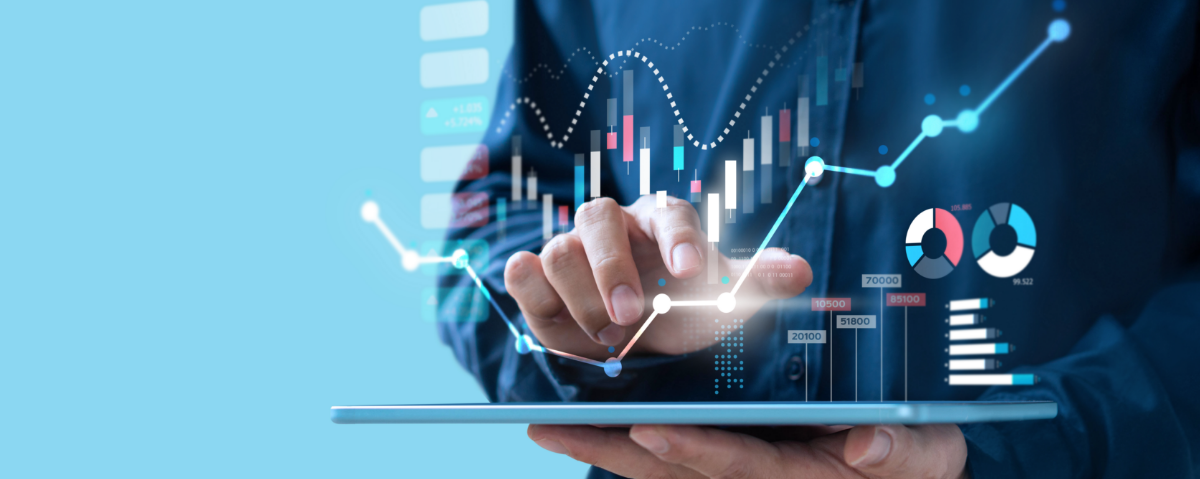
Why consider pricing automation when humans have been setting their own prices for thousands of years?
Along with quality and customer service, price is a deciding factor in the decision to purchase. This is true across B2B sales and everywhere else; all other points being equal, the most attractive price will sway prospects into a purchase.
The problem is that all other points are very often not equal. Businesses in the same industry and area may have different costs, selling points, constraints, and audiences (i.e. budget vs. premium shoppers). Some customers are willing to pay more for perceived cachet (think designer clothes), convenience, brand loyalty, et cetera. All of this means that pricing is a very complicated process. And it’s one that businesses can’t afford to mess up.
It can take human pricing specialists like store managers many hours to research competitors’ prices, analyze the factors and margins, and determine a pricing strategy. While we may have been setting prices for millennia, it’s only within more recent decades that pricing strategies have become so complicated. With automated pricing, businesses can save time, money, and frustration. Let’s see how pricing automation works.
What Is Pricing Automation?
Pricing automation is simply using software to automatically handle the pricing process. As we pointed out above, computers can find competitor pricing data, analyze it, and develop price guidelines much quicker than even the best price strategist. But that doesn’t mean humans have no place in automated pricing, as we’ll soon see.
The Price Automation Process
The process behind automated pricing is very much like the process a human would follow. Here’s a simplified version:
- Compile price data from the web (i.e. from competitors’ websites and other credible sources).
- Factor in business rules, costs, etc.
- Analyze the data.
- Make pricing recommendations.
- Monitor the market and competitors’ actions and adjust as necessary.
In pricing automation, the entire process is done by pricing software. This is especially helpful when it comes to gathering price data and monitoring the market; machines can do this constantly and instantly, which makes the entire process faster and more reliable.
The Two Boxes of Price Automation
It’s good to know that there are three kinds of price automation:
- Black box, in which the manager or team is presented with one or more pricing options; the logic behind these recommendations is hidden.
- Glass box, which presents several pricing options as well as the reasons and factors behind these recommendations.
- The Centaur model, where not only can you interrogate and understand the basis for recommendations, you can use your business savvy to tune or even override the recommendations – including setting up new rules for new situations.
For example, suppose you are selling flower bouquets online. A black box pricing approach might recommend you sell each bouquet at $39.99 – with zero context on why it picks that number. Or, if you have a more sophisticated piece of software, it might suggest low, optimal, and high price points.
In the Centaur AI model you can use your business savvy to tune or even override the recommendations – including setting up new rules for new situations.
If you applied a glass box automated pricing approach, you would understand how the software arrived at those numbers (i.e. the business context). It would provide what’s known as a price waterfall – a look at how the various pricing decisions will ultimately affect your revenue. While the input and result might be the same, you’d understand the reasoning behind it. Sales teams and other customer-facing departments are often more effective when they understand what’s driving price suggestions.
In both cases, businesses are usually able to set their own inputs and business rules for the pricing automation to follow. However, few companies can really afford to have their pricing recommendations presented without context. So, as a rule, we recommend the glass B=box approach as the minimum for most cases; for a detailed explanation of the third and best-practice set of capabilities, see our earlier blog post, Centaur AI Pricing Technology: Merging Human + Artificial Pricing Intelligence.
This raises another interesting question…
Should Pricing Infrastructure Be Fully Automated?
Given that technology in itself can’t always adapt to unexpected changes or comprehend some of the unwritten rules of business, is it safe to fully automate something as important as pricing?
That depends on what you mean by “fully automate”. While we don’t recommend handing pricing over to machines with absolutely zero human input or oversight, we do recommend combining the processing power and speed of automation with human expertise. This is the best of both worlds, allowing companies to move forward with speed and accuracy (thanks to automation) while still making decisions that take human factors into account.
Develop More Powerful and Controlled Pricing Strategies
Is pricing automation right for your company? For most B2B teams, the answer is yes. It saves time, helps workers be more efficient, and helps sales teams be effective and confident when meeting with clients and prospects.
By using technology that combines human understanding, experience, and contextual insight with AI pricing software, decision-makers can leverage their data to act promptly and decisively. They can adapt to current circumstances as well as plan for strategic improvements.
What we want to emphasize about automated pricing is that relying solely on machines or solely on humans will not win the day. But combining them – letting each one play to its strengths – will create a powerful advantage over companies who use a single approach to pricing.